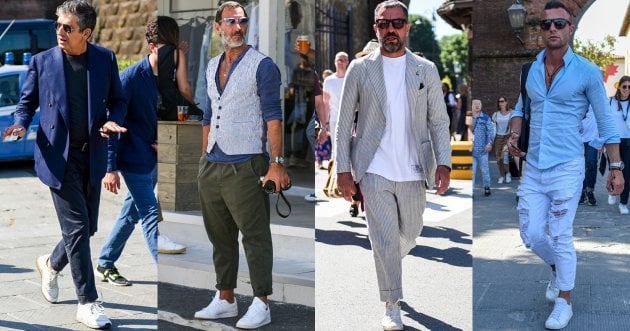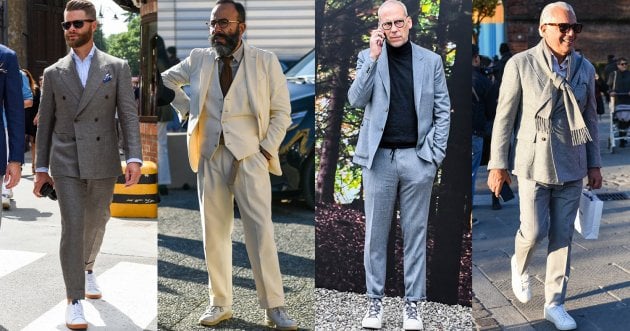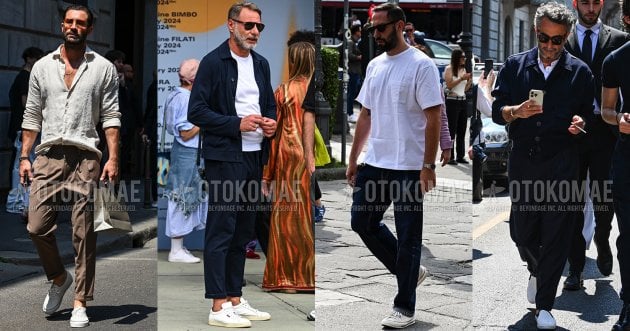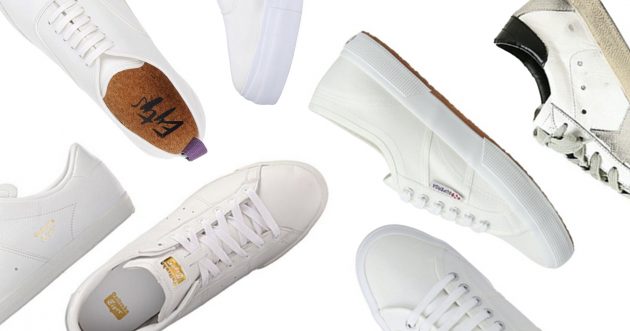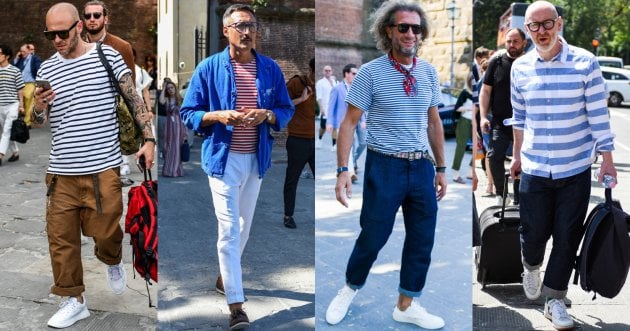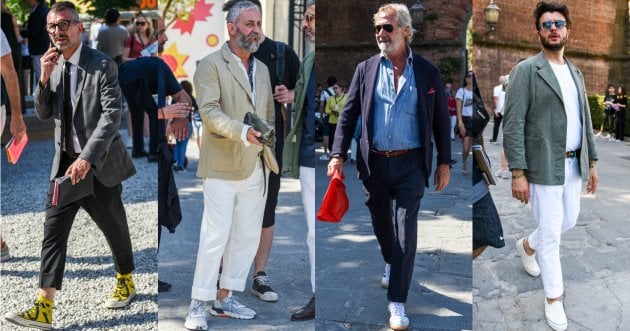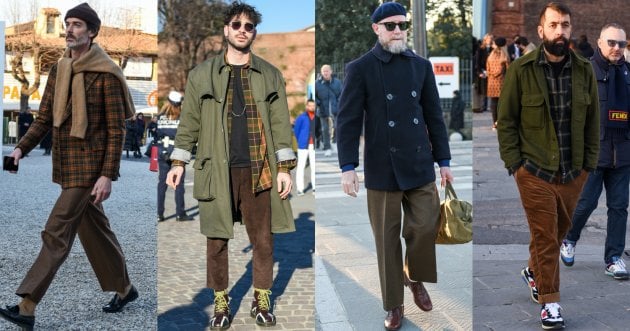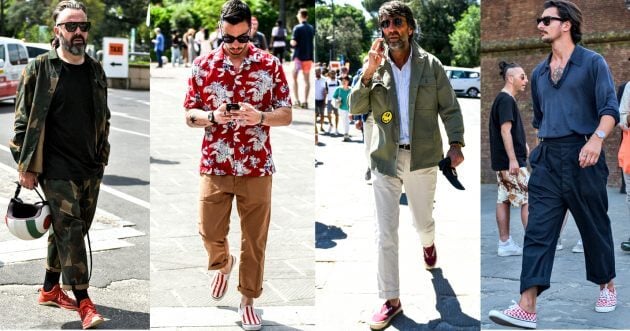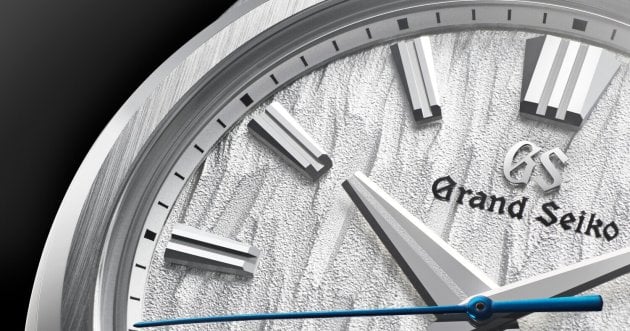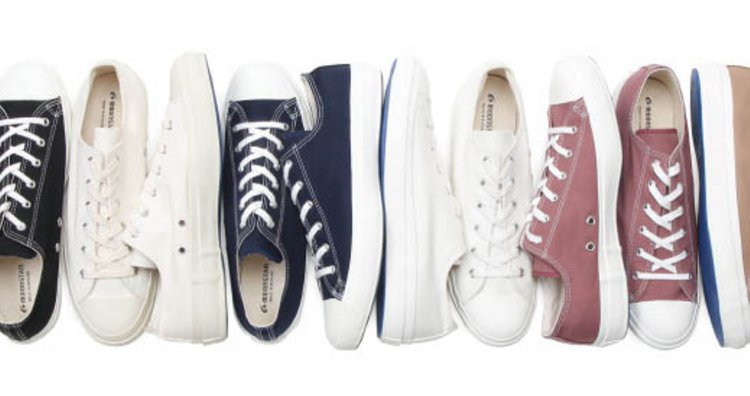
Kurume City in Fukuoka Prefecture has been producing shoes since the Meiji era (1868-1912) to meet the needs of the times, starting with Tabi Shoes (split-toed socks), then shoes for school, athletic shoes, and now sneakers. The city has continued to produce high quality products using traditional techniques such as vulcanizing and injection molding. In this issue, we focus on Kurume-born sneakers and introduce recommended items!
Suponsered by
Kurume Sneakers” are popular because of their history of supporting Japanese shoe culture
The reason why made-in-Kurume sneakers are attracting attention lies in their history. The city of Kurume is home to three Kurume-founded rubber companies, “Bridgestone,” “Moonstar,” and “Asahi Shoes,” and has been known as a production center of tabi (split-toed socks) since the Meiji era. Moonstar’s predecessor, “Tsuchiya Tabi Shoes,” was founded in 1873. In the Taisho era (1912-1926), Nippon Tabi Shoes, also known as the predecessor of Asahi Shoes, developed “Tabi Shoes with rubber soles (jika-tabi),” inspired by American-made tennis shoes. The product exploded across the country, laying the foundation for the domestic sneaker industry. Then, in 2010, MoonStar introduced a new brand, “SHOES LIKE POTTERY,” which was a major catalyst for renewed attention to Kurume sneakers. As the name “Shoes Like Pottery” suggests, Kurume sneakers were reevaluated for their beautiful silhouettes created by the traditional vulcanizing method.
2/4GO TO NEXT PAGE
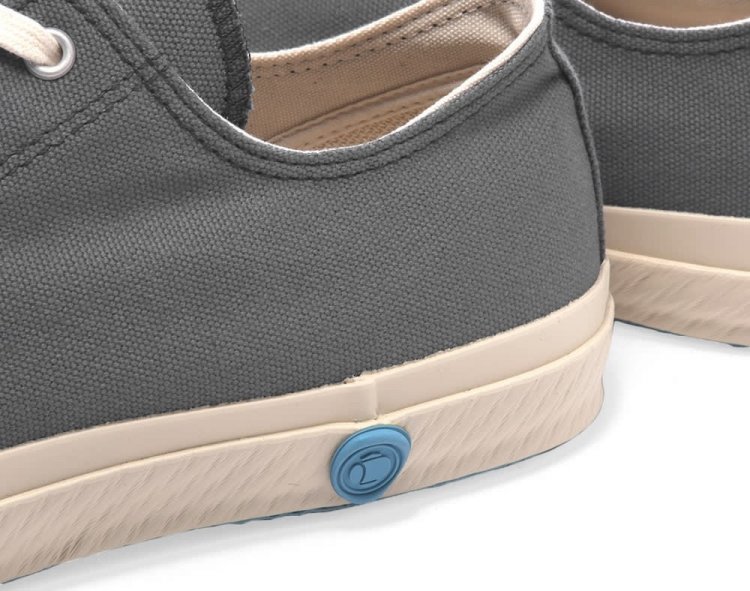
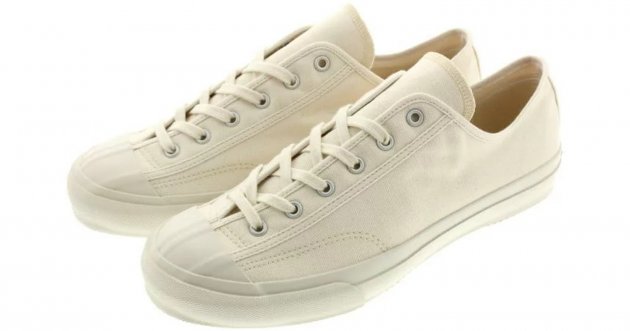

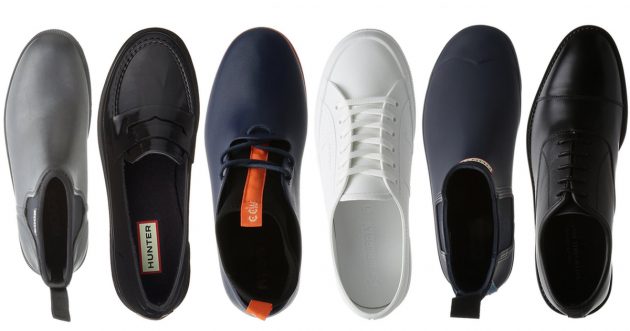
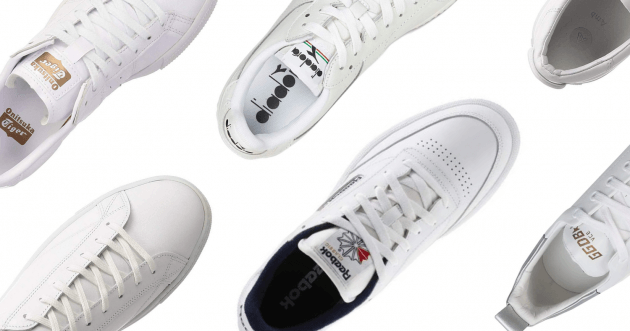
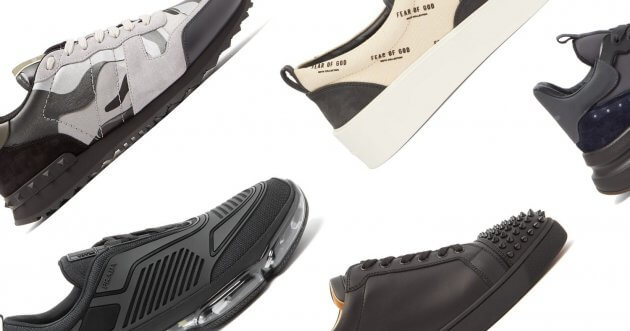
![Spring Men’s Coordinate with Sneakers! [ 2021 Newest ]](https://otokomaeken.com/wp-content/uploads/2020/03/33-630x331.jpg)

